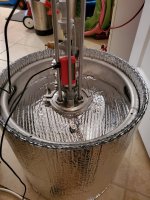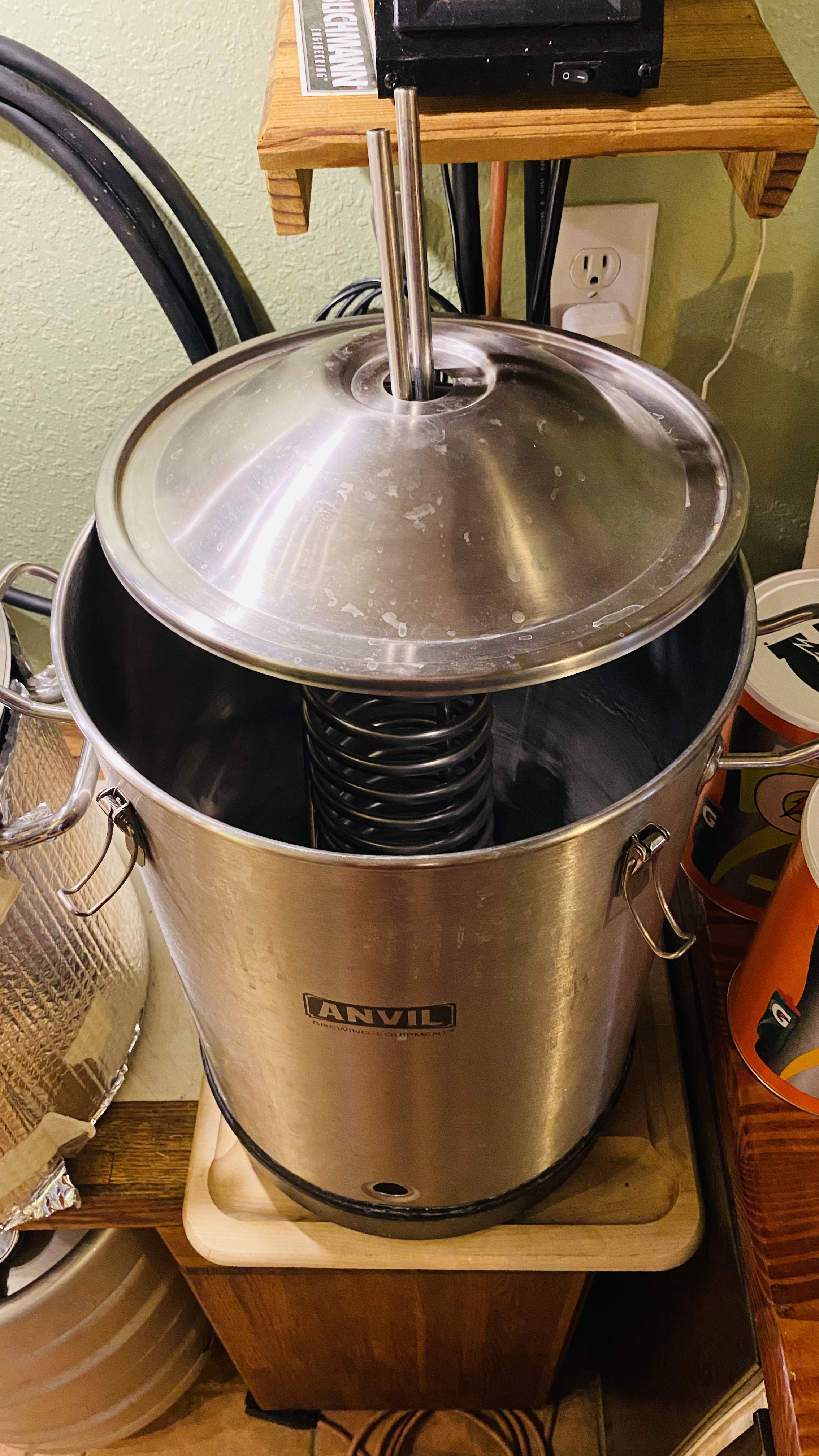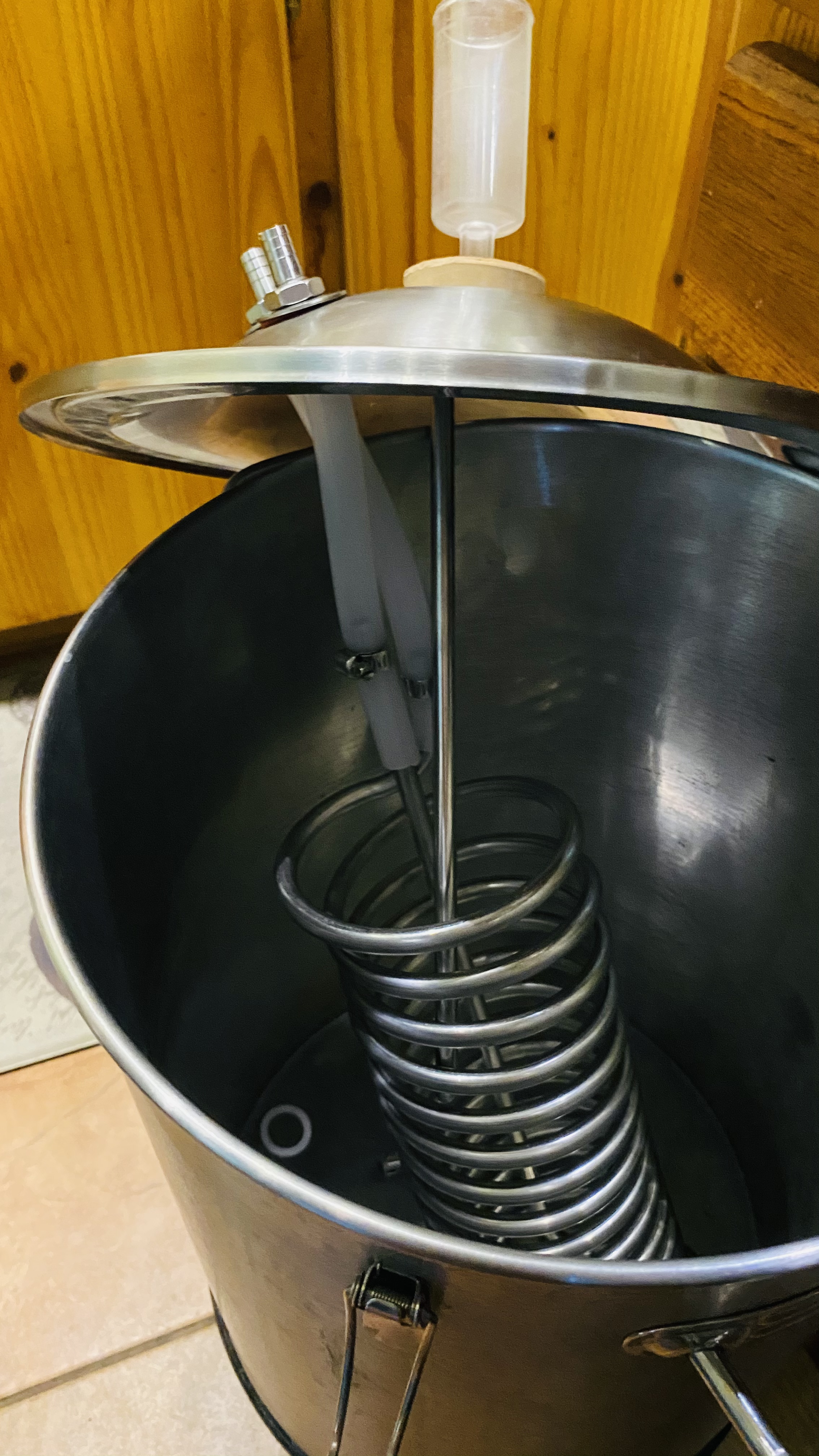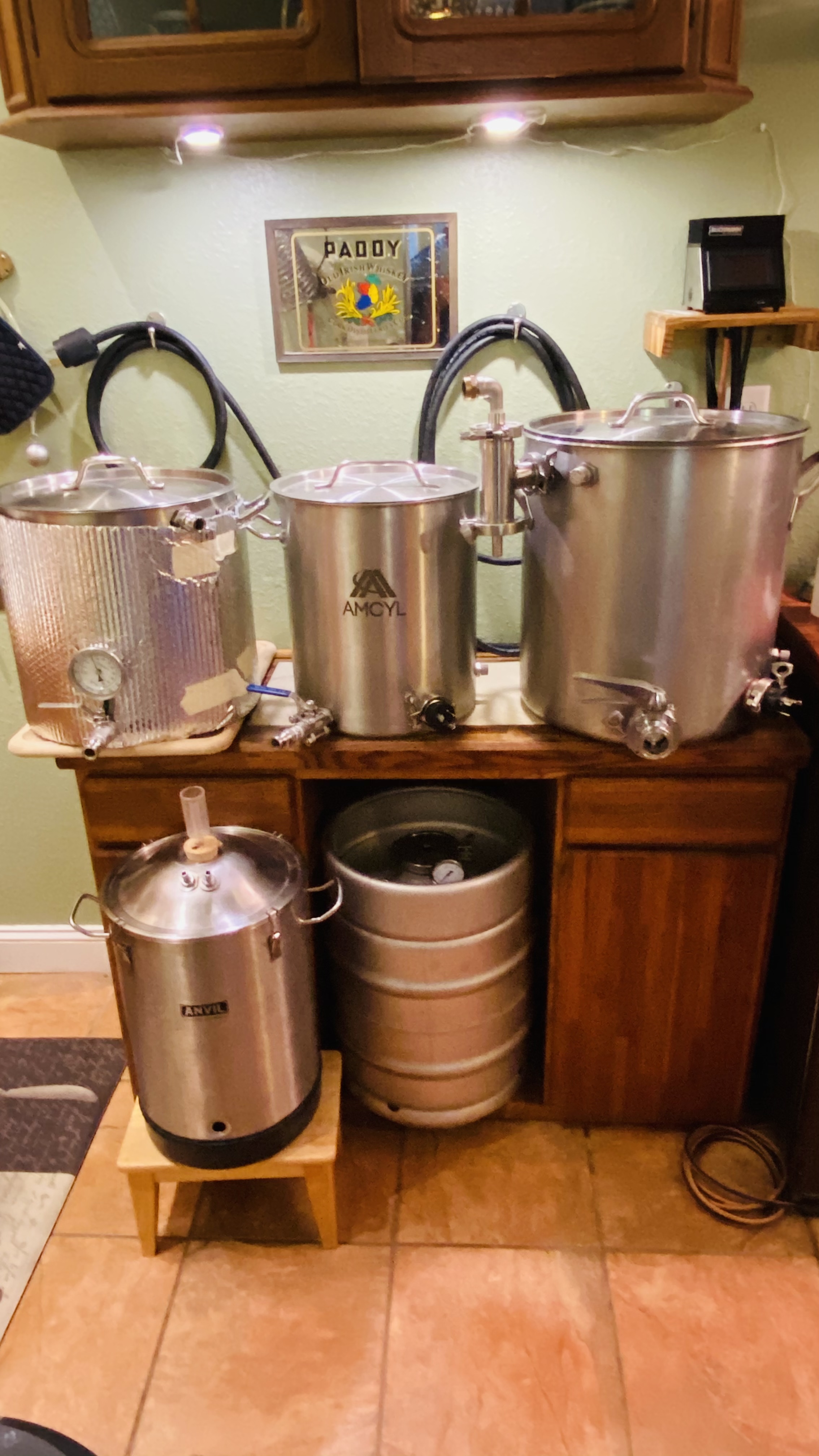ernieiv
New Member
- Joined
- Jan 26, 2021
- Messages
- 2
- Reaction score
- 1
This may be a bit of a stretch for pressure fermentation/transfers but have you thought about trying a Uniseal? They are sort of like a bulkhead but typically used for pipes out of water vessels. They are flexible and water tight just not sure about how much gas pressure they might hold.
https://external-content.duckduckgo...cts/i/138877/uniseal_hydroflow.jpg&f=1&nofb=1
They make them pretty small, I think down to 1/4" and they are pretty inexpensive, might be worth a try.
https://www.aussieglobe.com/uniseal1.htm
I have ordered from this site in the past and they come pretty quick. My project was water related so I can't say if this will work, just trying to think outside the box. I can't think of another solution unless you can find a weldless bulkhead thermowell that will fit that thickness of stainless steel.
https://external-content.duckduckgo...cts/i/138877/uniseal_hydroflow.jpg&f=1&nofb=1
They make them pretty small, I think down to 1/4" and they are pretty inexpensive, might be worth a try.
https://www.aussieglobe.com/uniseal1.htm
I have ordered from this site in the past and they come pretty quick. My project was water related so I can't say if this will work, just trying to think outside the box. I can't think of another solution unless you can find a weldless bulkhead thermowell that will fit that thickness of stainless steel.



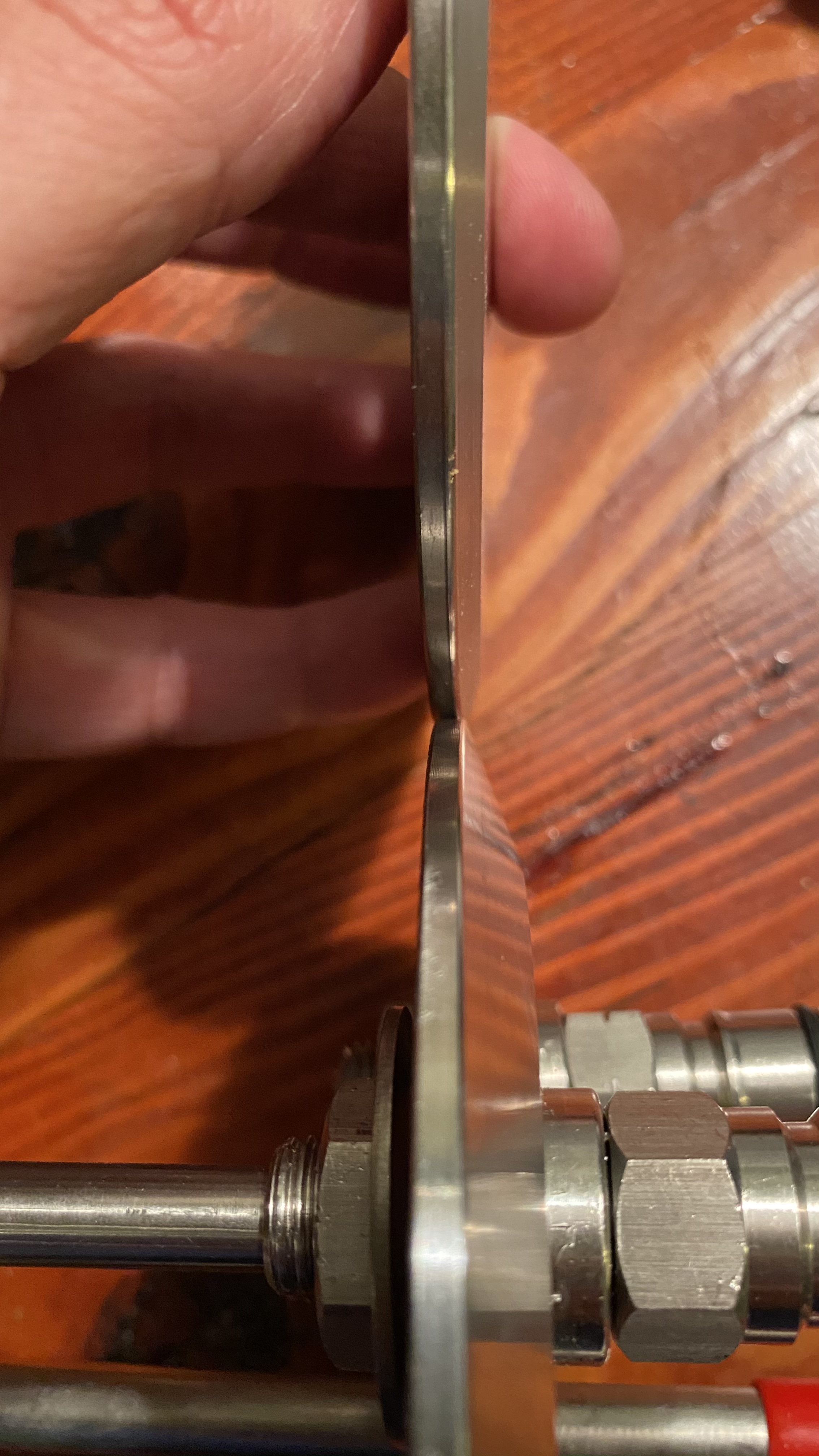













![Craft A Brew - Safale BE-256 Yeast - Fermentis - Belgian Ale Dry Yeast - For Belgian & Strong Ales - Ingredients for Home Brewing - Beer Making Supplies - [3 Pack]](https://m.media-amazon.com/images/I/51bcKEwQmWL._SL500_.jpg)














































